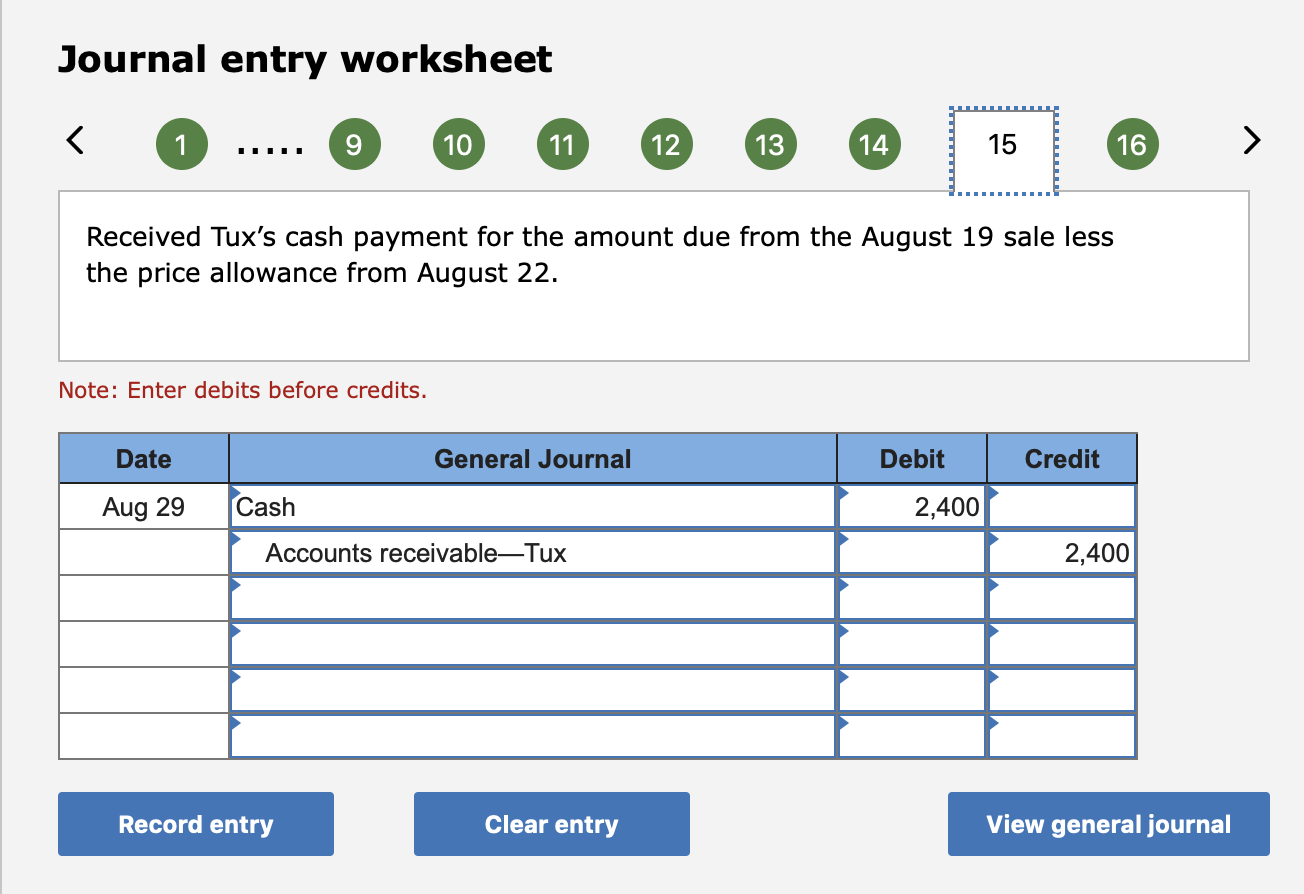Customer Advance Payments: How to receive and book Customer Advance Receipts

In this journal entry, the $600 of unearned service revenue represents the advance payment we have recorded in the previous month. Hence, the debit on this account is to remove it from the balance sheet as we have already earned this amount of revenue by health coverage exemptions, forms, and how to apply now. If a customer makes an advance payment, you’ll need to record it differently to regular payments, since it technically counts as a liability. First, create a new account called “Customer Deposits” or “Prepaid Sales” if you don’t already have one.
Accountants and Bookeepers
Create a bill for the amount of the downpayment you are about to make. Do not use the purchase order to create this bill; you will do that later. Select your new “Downpayments to Suppliers” account as your category.
How to Account for An Advance Payment
When the time comes for your monthly payment, you can also create a journal entry for it. The accounts receivable will be present on the balance sheet, and it will be eliminated when customers make payments. Customer deposit needs to remove and sale is recorded into income statement. After the full value of the advance payment has been earned, the liability account must then be debited for the amount earned, crediting the revenue account via an adjusting entry.
Example – Journal Entry for Customer Advances
For example, Green Widget Company receives $10,000 from a customer for a customized purple widget. Green Widget records the receipt with a debit of $10,000 to the cash account and a credit of $10,000 to the customer advances account. In the next month, Green delivers the custom widget, and creates a new journal entry that debits the customer advances account for $10,000 and credits the revenue account for $10,000.

Small Business
One week later, ABC pay the remaining balance $ 70,000 to settle the accounts payable. This concept is existent in various facets of daily live that we do not take notice most often. From daily use items to advance payment tax can be better understood through this section of the discussion. Double Entry Bookkeeping is here to provide you with free online information to help you learn and understand bookkeeping and introductory accounting. The accounting records need to be carefully attended to prevent problems later on.
- On 30 April, the production complete and ABC deliver the completed goods to the customer along with the invoice.
- The tenant used this to pay for their rent for January 2020 in advance of December 2019.
- As the goods or services have not been delivered, the revenue from the sale has not been earned, and the cash receipt must be recorded as a liability in the balance sheet.
- The value of the current liability is $6,200, the amount of rent received in advance.
Risks
It also requires recording the additional liability to supplier as it not yet making final payment. Without a doubt, advance tax can be a beneficial form of doing business for both the buyer and seller. Let us understand how advance payment tax and other entries can be made for both the buyer and seller. Advance payment is the type of transaction where the payment for the goods or services is paid even before they are delivered.
Typically, advance billing is better suited for recurring clients with repetitive projects, while billing in arrears is better for one-off projects that may change. You may even choose to start with billing in arrears for the first payment, then switch over to advance payment for future projects. An advance payment is a type of payment that is made before a service has been rendered. With advance billing, invoices are sent to clients before the project has been completed. Advance payments can be a deposit, partial payment, or full lump sum. For example, progress payments—partial payment for work that’s been completed so far—can be a type of advance payment.
Advance is the amount of cash that customers paid to the company before receiving goods or services. Some kinds of purchases require the customers to pay a certain portion of the selling price during the order. After receiving an advance, company has the obligation to deliver goods or services. The company receives the cash from the customer but does not yet provide service or goods to them, so they cannot record it as revenue yet. The revenue is recorded when the goods or services are delivered and it is not related to the cash flow.
